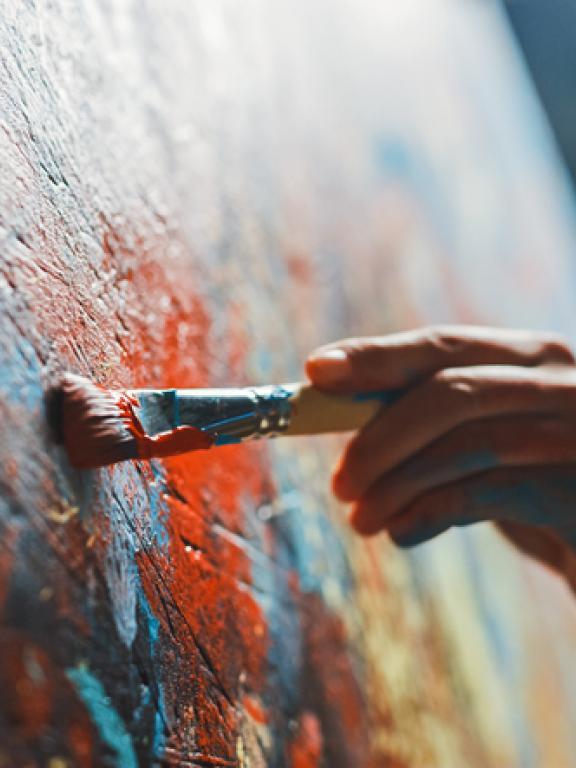For beginning oil painters, emphasis will be placed on how to start a painting, work with oil paints and brushes, and achieve your desired results. For oil painters who have progressed, the emphasis will be on further developing your abilities to use oil paint to create original works of art. Each class will begin with a brief demonstration such as using additives in oil paint for effects, understanding why there are so many types of brushes, proportioning image references to use in paintings, and framing do's and don'ts.
Please Note: This class cannot be used for credit toward any of our degree programs.
Recommended Supplies:
- 1-2 landscape photos that you would like to paint (a color and black and white print is helpful)
- Pencil and small sketch pad
- Hog bristle brushes - "flats" in size 6, 8, and 10
- Synthetic brushes - "flats" in size 6 and 8
- Palette knife for mixing paints
- Oil paints (Winsor & Newton or Gamblin are great) - alizarin crimson, cadmium red, cadmium yellow light, yellow ochre, ultramarine blue, viridian, transparent red oxide, titanium white
- Canvas or linen boards (e.g., oil-primed linen boards by Centurion) - 6x8", 8x10", 9x12" (2)
- Palette for mixing paint - either a tabletop or disposable pad is fine
- Gamsol (odorless mineral spirits)
- A glass jar for gamsol (an empty jam works well)
- Roll of paper towels
Optional Supplies:
- Wet panel carriers or an empty pizza box to transport paintings
- Apron
- Baby wipes for easy cleanup
Available Classes
| Course | Register | Dates | Price | ||||
|---|---|---|---|---|---|---|---|
| Register |
Mar 4 – Apr 1 2026
|
$125
|
|||||
|
In this 5-week introductory landscape painting class, students will explore the fundamentals of working with oils while learning to capture the beauty of the natural world. The course will emphasize developing strong concepts, value structures, and compositions. Students will also experiment with color mixing to bring harmony and vibrancy to their work. Some experience working with oil or acrylic paint is suggested. There is a recommended list of supplies for students to bring to class.
Meeting time and location:
03/04/26 - 04/01/26
Wed 1p - 4p
Orringer Hall
, Room 116
Main Campus
800 College Ct, New Bern NC 28562
|
|||||||
Have questions?
We’re here to help.
